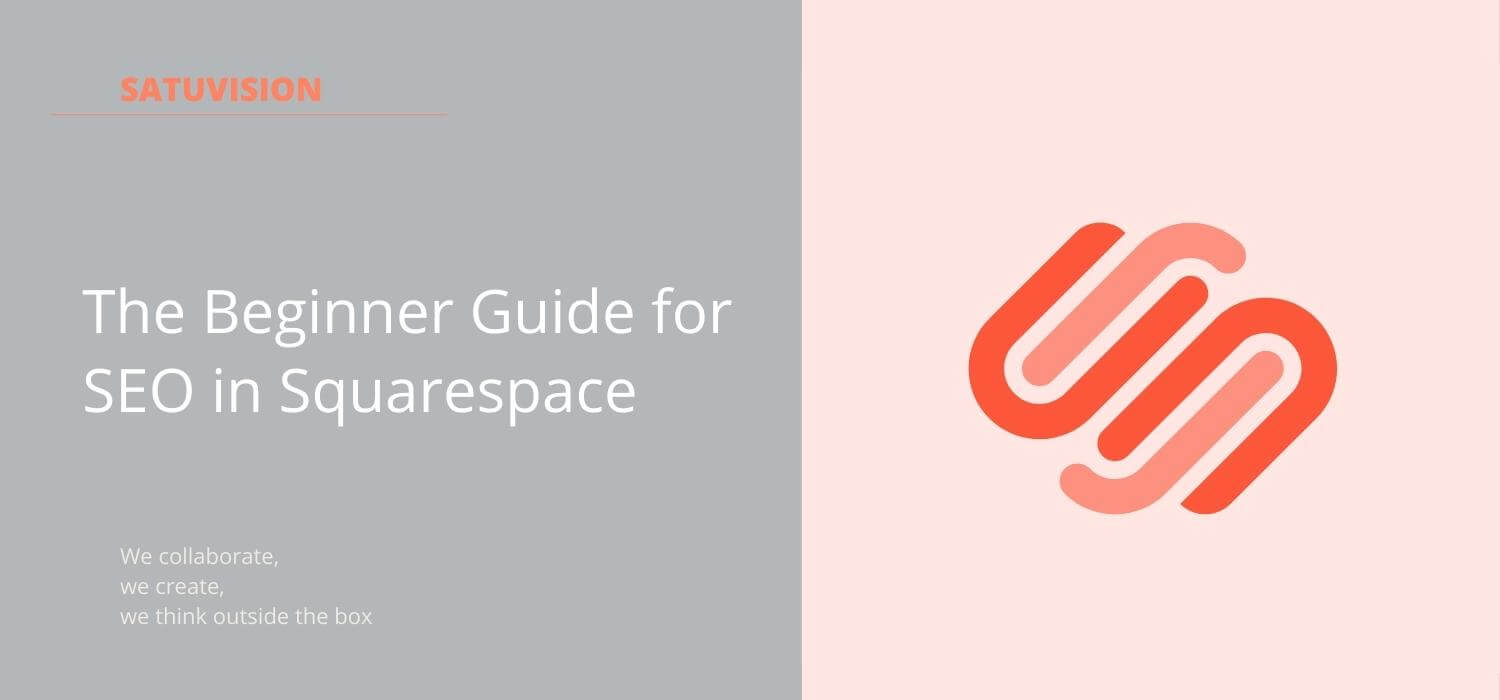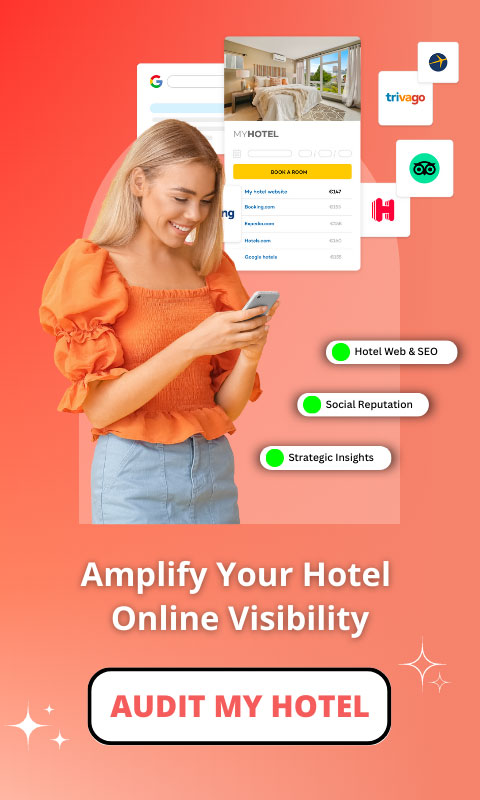Squarespace is an excellent simple website builder. It’s a simple, drag-and-drop website builder that may quickly and simply create great-looking websites for small firms without any technical expertise. However, many people feel that SEO in Squarespace is unfriendly.
This is not true, and we are going to give you seven simple SEO in Squarespace suggestions that will immediately improve the visibility of your Squarespace site on Google.
Squarespace is an excellent option for small business owners who don’t have the resources to hire a developer or a web designer to create their website from scratch. For a fraction of the cost of hiring a developer and a web designer, you may obtain a very professional-looking website.
Squarespace isn’t suited for large enterprises or huge websites that require a lot of customized code. That’s because Squarespace is a privately held company, not an open-source content management system like WordPress that may be more easily modified.
Quick View
- Switch on AMP
- Do keyword research
- Submit your Sitemap to Google
- Force HTTPS
- Only use ONE H1 tag per page/post
- Optimize your URLs
- Optimize your Titles and Meta descriptions
Switch on AMP
Could AMP make your sites load really quickly on a mobile device?
Yes but, SEO in Squarespace does not offer this functionality unless you turn it on yourself. At the moment, Squarespace only allows blog entries to be AMP. The majority of your pages will be served in the standard mobile version unless you use AMP on them.

Do keyword research
Keywords, or key phrases, are the phrases that individuals use to search for answers on Google. Keyword research and optimization is the process of finding out which keywords are appropriate for your company and including them naturally in your pages and blog entries. Check to see whether your homepage incorporates that term in phrases like your title tag and H1 for SEO in Square space.
Submit your Sitemap to Google
Squarespace generates the sitemap for you, which is fantastic, but you’ll still want to submit it to Google. Submitting your sitemap to Google is just like giving the Google bot a little nudge, telling it to go check out your site.
This is another benefit of having a sitemap: you can spot any potential sitemap problems and contact Squarespace.

Force HTTPS
You should make sure the connection to your website is safe. Browsers will notify users that a site isn’t secure if it isn’t HTTPS-secured, which isn’t a good appearance.
Only use ONE H1 tag per page/post
A common error made by novice bloggers is to utilize more than one H1 tag on their sites or articles, which can harm your SEO health. It is only necessary to have one H1 tag per page.
Because having many H1s makes it more difficult for Google to determine what your page is about. Because that sends a strong indication to Google about what the page is all about, you should use your target keyword in the first line of text.
However, if you use MULTIPLE H1s, Google will have a harder time determining which is THE most essential thing about your website.
Optimize your URLs
Yes, because Google despises clunky, unwieldy, and irrelevant URLs. It isn’t user-friendly, and people aren’t likely to recall any random digits. Furthermore, it provides Google ZERO information about the content that the URL contains.
You want your URLs to include your keywords, with each term separated by a dash ( – ). Having your keyword in the URL signals Google that this page is about that subject, and it’s more likely to improve your ranking.

Optimize your Titles and Meta descriptions
The goal of your keyword research is to allow you to actually start optimizing your content. The optimum keywords for your site that can be obtained in the quickest time are those that have been optimized with your target keyword in the page/blog post titles and meta descriptions.
The title tags of your website’s pages will most likely tell Google what the content is about, so make sure you’re using that space to target your chosen term.
Meta-descriptions, on the other hand, have no impact on rankings but serve as mini-ads to search engines and should entice users to click.
By utilizing a relevant keyword in the meta description, you may make it obvious that within your material, you’ll answer their query and provide them with the information they need.
If you’re moving from WordPress to Squarespace, don’t look for a “Yoast for Squarespace” or an SEO plugin. It isn’t necessary because you are not replacing it. If you want to use code injection, your Squarespace pricing plan will determine whether or not you can do so. This function is accessible on legacy plans and current business and commerce subscriptions.
The above SEO in Squarespace recommendations will get you off to a great start when it comes to assessing your website. All things considered, the bottom line is that you need a well-designed, secure site that loads quickly and has high-quality material. You’ll be just fine if you follow proven SEO strategies.
You should also use social media and your email list to boost traffic to your site after you’ve optimized it. Furthermore, you’ll need to consider what is required to turn visitors into customers (i.e. conversion rate optimization, CRO).
The SEO in Squarespace technique of SATUVISION is designed with strategy in mind. It covers the most recent Google algorithm changes and search trends. The goal is to put you ahead of your competitors in terms of knowledge.

Hopefully, we’ve given you all the information you need to build SEO in Squarespace that will improve your site’s ranking. For more advanced Squarespace SEO strategies, please contact SATUVISION.





